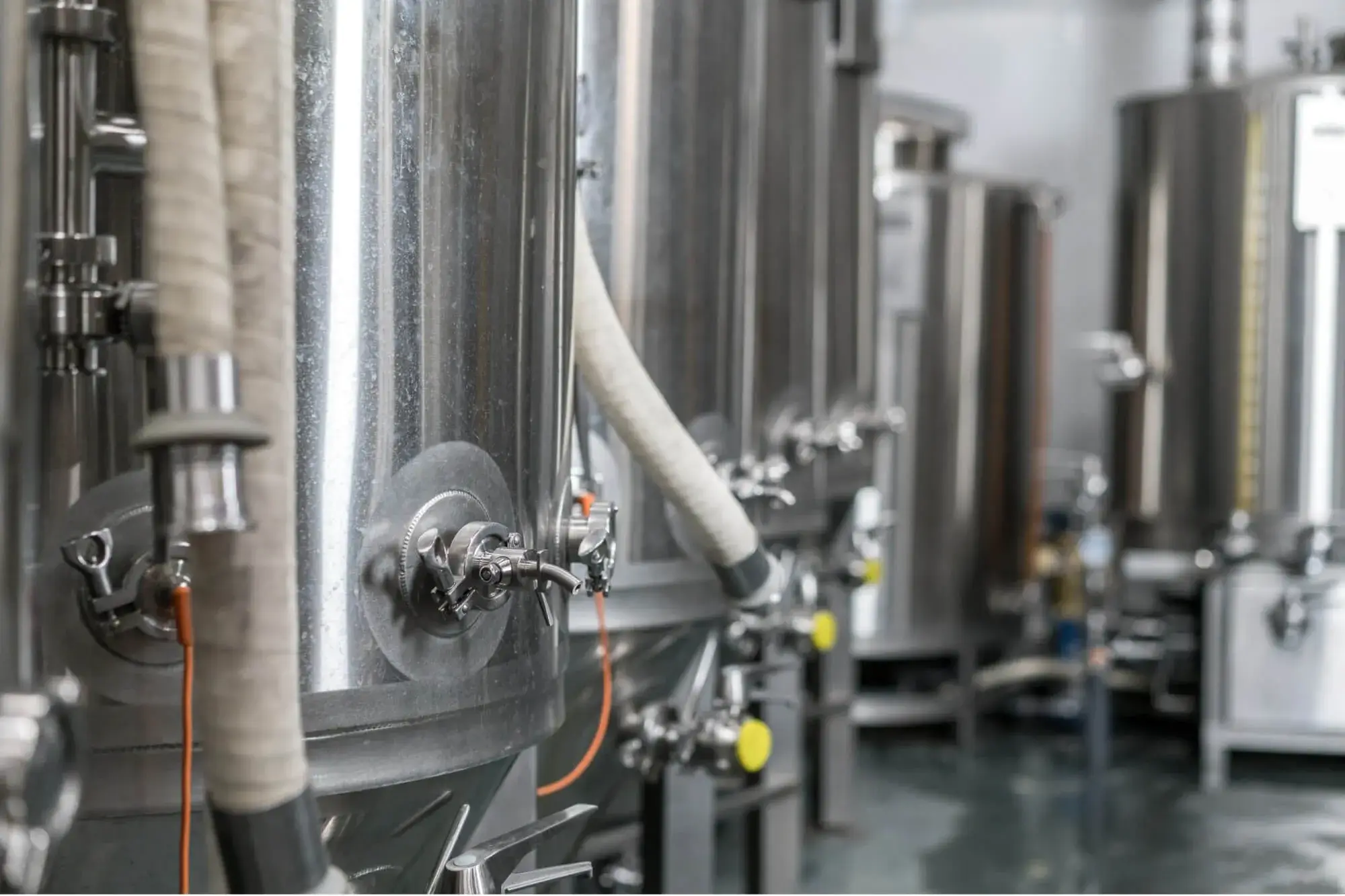So, you’ve embarked on the exciting journey of brewing your own beer. Everything seems to be going smoothly until you notice a lack of bubbling in the airlock. Panic sets in – your beer isn’t fermenting, and you’re faced with the dreaded prospect of stuck fermentation. Fear not! Let’s explore what might be causing this issue and how to address it.
Patience is a virtue, even for yeast
Before diving into corrective actions, it’s crucial to understand that yeast, the magical microorganism responsible for turning wort into beer, operates on its timeline. It needs time to acclimate to the wort’s environment, and this adaptation period can vary between batches. Don’t hit the panic button just yet; exercise patience.
ADvertisement
Assessing the situation
If you suspect a stuck fermentation there are a couple of things you can do first to check what might be going on.
1. Temperature check
First things first, evaluate the temperature of your fermenter. Ensure it aligns with the recommended range provided by the yeast manufacturer. Yeast has its comfort zone, and straying too far from it can impede its activity. If your fermenter’s temperature doesn’t match the yeast’s preference, consider adjusting it to fall within the recommended range.
2. Lid seal inspection
A commonly overlooked culprit for stuck fermentation is an improperly sealed lid. Confirm whether there’s pressure on the lid by gently pressing down. If the airlock bubbles when pressure is applied, the seal is likely intact. If not, investigate and address any issues with the lid’s seal.
3. Headspace matters
Using a fermenter larger than necessary can lead to extended fermentation initiation times. The CO2 produced by the yeast first fills the headspace before making its way through the airlock. If you’re dealing with excessive headroom, understand that it might take a bit longer for pressure to build up. Be patient and allow the yeast to do its work.
Maintaining composure
After the initial 24 hours, resist the urge to hastily intervene. Opening the fermenter prematurely might release built-up pressure and hinder the process. Stay calm, and let the yeast perform its magic. Avoid stirring, aerating, or excessive interference during this critical phase.
Investigating further
If, after two days, there’s still no sign of activity, it’s time to take a closer look. A stuck fermentation might be the case now.
1. Check specific gravity (SG)
Draw a sample and measure the specific gravity. If there’s no change, you might consider reintroducing fresh yeast to kickstart fermentation. This additional yeast could provide the wort with a renewed chance to ferment successfully.
2. Monitor changes in SG
In cases where there’s a change in SG, monitor it over the next few days. A decreasing SG indicates that the yeast is, indeed, active to some extent. It’s essential to gauge whether the fermentation is proceeding, albeit at a slower pace.
3. Evaluate sugar conversion
Consider the possibility that during mashing, you’ve converted a substantial amount of unfermentable sugars. This could result in a lower-than-intended fermentation degree. In such scenarios, your beer might actually be ready, despite initial concerns about stuck fermentation.
Remember, brewing is a blend of science and art, and each batch is a unique experiment. Troubleshooting stuck fermentation is part of the learning curve. By staying calm, assessing key factors, and taking measured actions, you’ll increase the likelihood of reviving your fermentation and ultimately enjoying a delightful homebrew.

